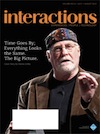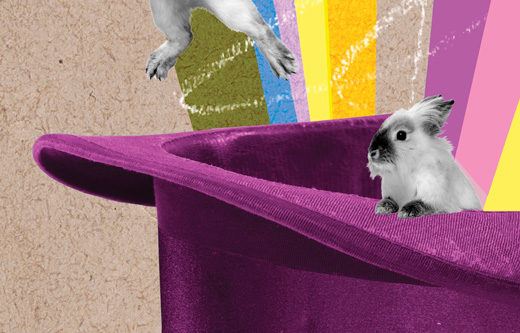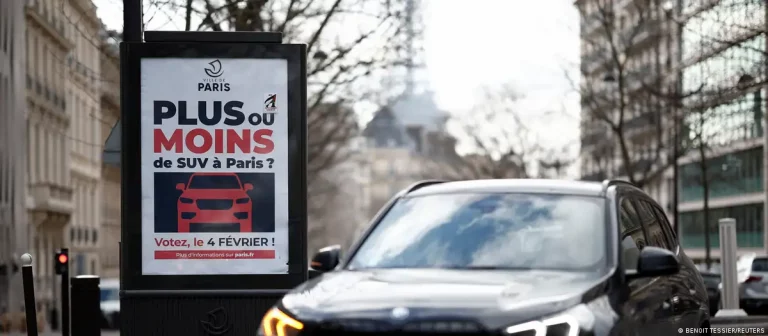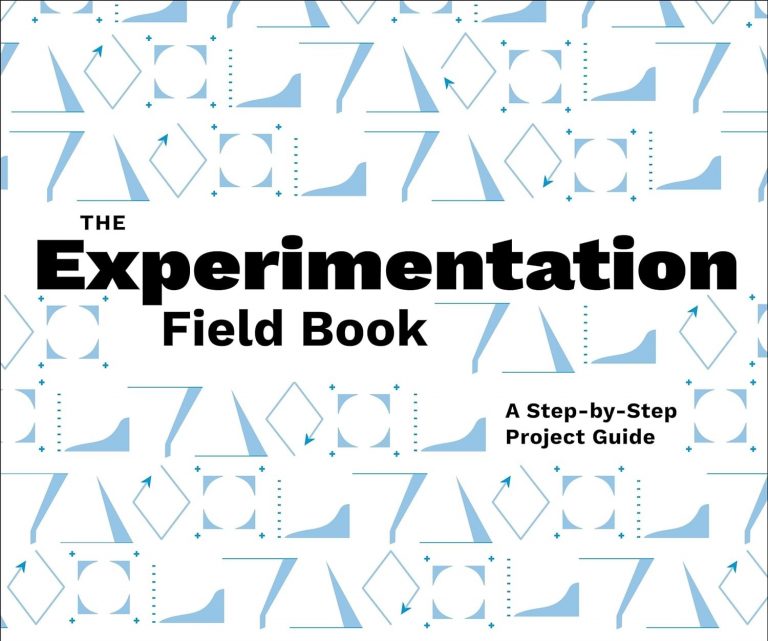Interactions magazine on subtlety and change
“There are some strange changes under way in our world. We constantly hear the refrain of the massive chaos around us, yet the allure of such a large, looming flux may distract us from something more important: the countless tiny, nuanced, and fundamental ways in which our culture and society are advancing. This issue of interactions describes these subtleties and teases them out of the greater topics that we’ve grown accustomed to discussing: environmental change, the role of education and government in a technological society, and the nature of behavior.”
Here are the articles that are currently available for free:
Time goes by, everything looks the same
by Dennis Littky
“The system doesn’t work.” So says Dennis Littky, author of our cover story and founder of Big Picture Learning – a school focused on developing a new educational model. Dennis offers his views on how design and a designerly approach can bring change to the broken education model in the United States.
The research-practice gap: the need for translational developers
by Don Norman
Between research and practice a new, third discipline must be inserted, one that can translate between the abstractions of research and the practicalities of practice. We need a discipline of translational development. We need translational developers who can act as the intermediary, translating research findings into the language of practical development and business while also translating the needs of business into issues that researchers can address.
Visible synthesis
by Katie Minardo Scott
Katie Minardo Scott describes the challenge of research-practice synthesis—the relationship between a designer and the data that can be so overwhelming. To make research valuable, she says, we need to make the synthesis process as visible as the research phase and make the synthesis output visible to stakeholders. Personas accomplish both of these goals, recognized or not.
Navigating the terrain of sustainable HCI
by Carl DiSalvo, Phoebe Sengers, Hronn Brynjarsdottir
The authors explore the manner in which sustainability has impacted HCI and academic research. No longer a simple colloquialism of “reduce, reuse, and recycle,†sustainability research and design now require an acknowledgment of the political differences involved in the discipline. This demands a more nuanced discussion of topics, as well as a more direct connection between research and practice.
Adding by leaving out: the power of the pause
by Liz Danzico
What would happen if, as communicators and designers, we became more comfortable with the pause? Because it turns out we can add by leaving out. The pause has power.
Adaptive reuse: things, containers, and streets in the architecture of the social web
by Fred Scharmen
A way of talking about buildings and cities in terms of protocols, relationships, and parameters—all borrowed by architectural theory from computer science—can be returned to a conversation about online systems in order to rejuvenate our methods of understanding and designing places.
On education
by Jon Kolko
It is interaction design, and behavior, that will act as the driving force behind the educational revolution of the next century.




